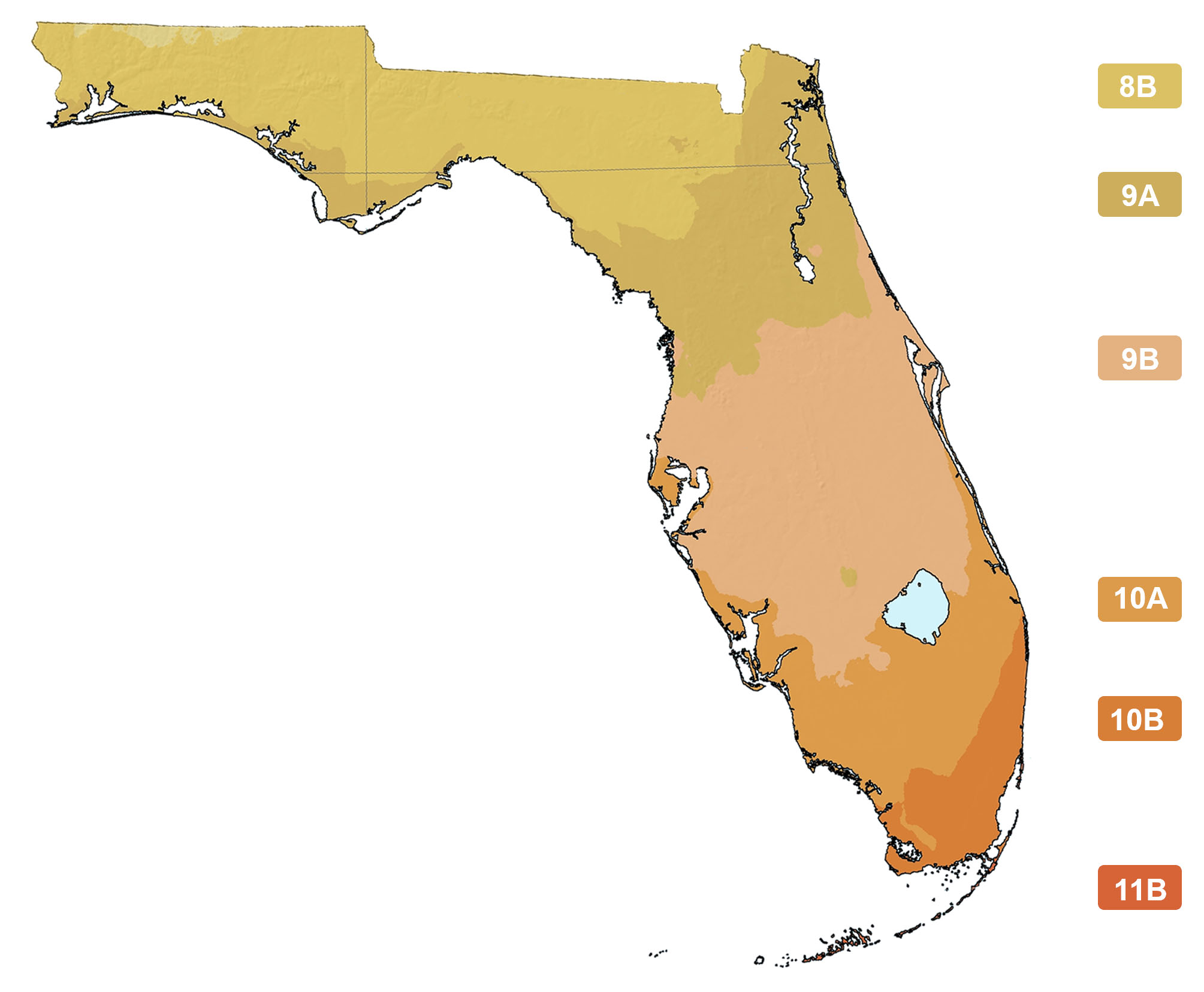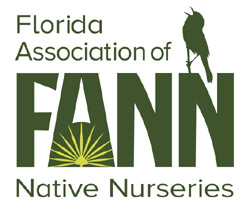Rhabdadenia biflora
Photographs belong to the photographers who allow use for FNPS purposes only. Please contact the photographer for all other uses.
Rubber-vine, Mangrove Rubber-vine
Apocynaceae
Plant Specifics
| Form: | Vine | |
| Size: | Stems to 12+ ft. | |
| Life Span: | Long-lived perennial | |
| Flower Color: | White | |
| Fruit Color: | NA | |
| Phenology: | Evergreen. Flowers all year except during cold spells. | |
| Noted for: | Showy flowers, Interesting foliage |
Landscaping
| Recommended Uses: | Grow on a trellis, but keep it fairly short to keep the flowers at a level where they will be enjoyed. Can be grown as a container plant. | ||||||||||||||||||||||||||||||||||||||||||
| Propagation: | Establish from seed or by division of suckers. Colonial from underground suckers, may require some root and stem pruning to keep it suitable in size. Pruning encourages flowering. May require substantial water during establishment, but then fairly drought tolerant. | ||||||||||||||||||||||||||||||||||||||||||
| Availability: | Specialty providers | ||||||||||||||||||||||||||||||||||||||||||
| Light: | Full Sun, Part Shade | ||||||||||||||||||||||||||||||||||||||||||
| Moisture Tolerance: |
always floodedextremely dry |
||||||||||||||||||||||||||||||||||||||||||
| (Usually moist, occasional inundation ----- to ----- Short very dry periods) | |||||||||||||||||||||||||||||||||||||||||||
| Moisture Tolerance: | Usually moist, occasional inundation ----- to ----- Short very dry periods | ||||||||||||||||||||||||||||||||||||||||||
| Salt Water Flooding Tolerance: | Tolerant of occasional/brief inundation such as can occur in storm surges. | ||||||||||||||||||||||||||||||||||||||||||
| Salt Spray/ Salty Soil Tolerance: | Moderate. Tolerant of salty wind and may get some salt spray. Exposure to salt spray would be uncommon (major storms). | ||||||||||||||||||||||||||||||||||||||||||
| Soil or other substrate: | Lime rock, Sand | ||||||||||||||||||||||||||||||||||||||||||
| Soil pH: | Calcareous (high pH) | ||||||||||||||||||||||||||||||||||||||||||
Ecology
| Wildlife: |
| |
| Insects: | May attract sphinx moths. | |
| Native Habitats: | Fringes of mangrove swamps. |
Distribution and Planting Zones
Natural Range in Florida
USDA Zones
Suitable to grow in:
10A 10B 11 9B

USDA zones are based on minimum winter temperatures



